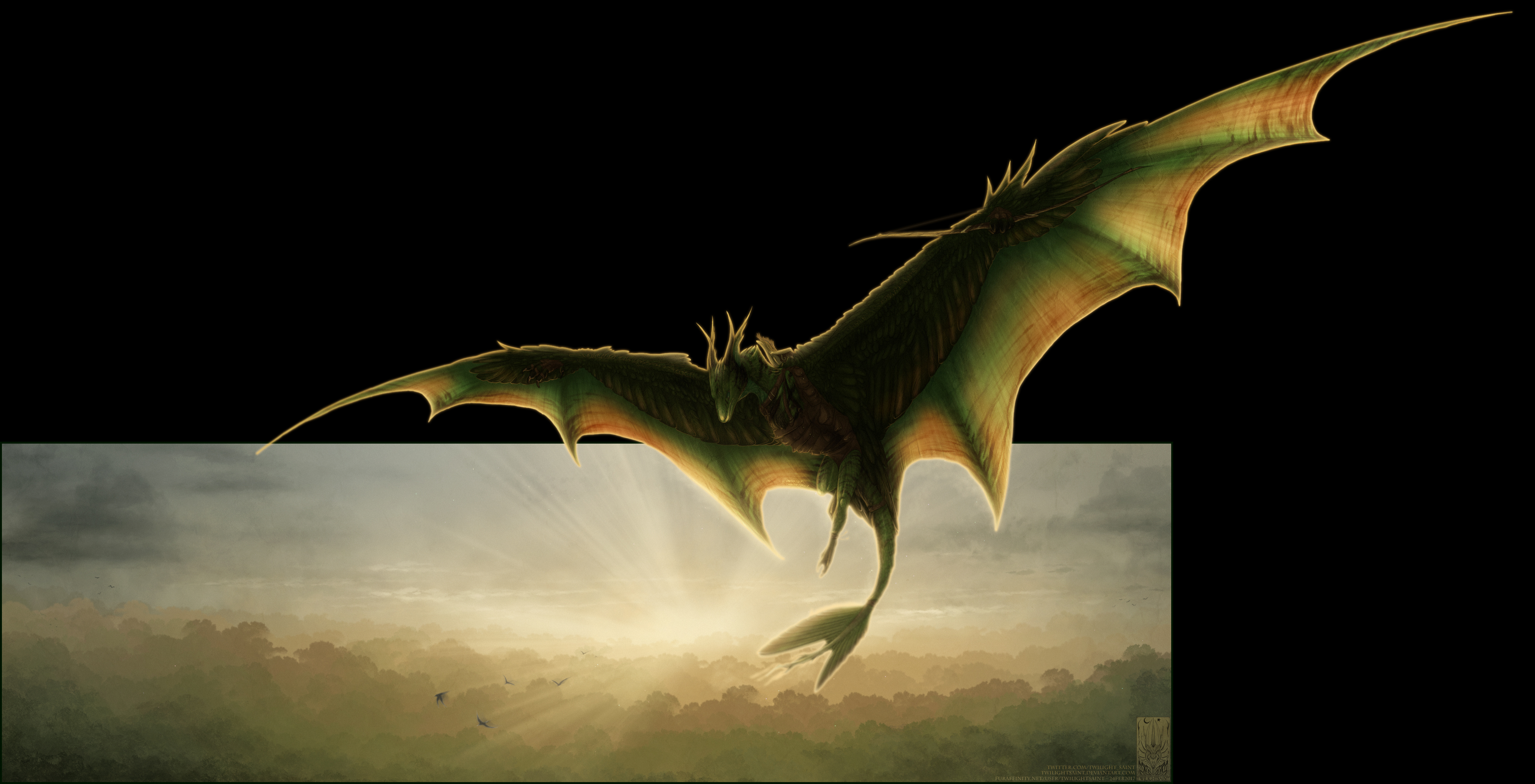There's something truly magical about how emotions can completely shift the way we experience a scene. Whether it's a subtle glance, a carefully placed object, or even the lighting in the room, every element plays a role in shaping our emotional response. Her keen eye for detail and her ability to capture these nuances is nothing short of extraordinary. Today, we're diving deep into the world where emotions meet artistry, and how this unique talent is revolutionizing the way we perceive moments.
Imagine walking into a space where every element has been meticulously curated to evoke a specific feeling. That's the power of someone who truly understands the emotional tone of a scene. It's not just about arranging objects or choosing colors; it's about creating an experience that resonates with the soul. This isn't just about design or filmmaking—it's about connecting with people on a deeply personal level.
In this fast-paced world, where attention spans are shorter than ever, the ability to capture someone's attention through emotion is a rare and valuable skill. It's not just about what you see; it's about how it makes you feel. And that's exactly what we're going to explore today—how her keen eye for detail and her ability to master the emotional tone of a scene can transform ordinary moments into extraordinary experiences.
Read also:Unveiling The Thrills Of Survivor Seasons Your Ultimate Guide To The Iconic Reality Show
Understanding Emotional Tone in Scene Crafting
Let's break it down real quick. Emotional tone isn't just some fancy term thrown around in art schools or film production meetings. It's the heartbeat of any scene. Think about your favorite movie or the last time you walked into a beautifully designed space. What made it memorable? Was it the colors? The music? The lighting? Sure, those elements matter, but what ties them all together is the emotional tone.
Why Emotional Tone Matters
Here's the thing: people don't remember every single detail of a scene. What they remember is how it made them feel. If a scene evokes joy, sadness, or even tension, it sticks with you long after the experience is over. Her keen eye for detail ensures that every element in a scene works together to create a cohesive emotional experience. It's like a symphony where every instrument plays its part perfectly.
- Emotional tone connects with the audience on a personal level
- It influences decision-making and engagement
- A well-crafted emotional tone can leave a lasting impression
Her Keen Eye for Detail: The Secret Ingredient
Now, let's talk about the star of our story—her keen eye for detail. This isn't just about noticing the small things; it's about understanding how those small things contribute to the bigger picture. Imagine walking into a room where every object has been placed intentionally, every color has been chosen with purpose, and every shadow has been cast deliberately. That's the power of her attention to detail.
How Attention to Detail Enhances Emotional Impact
Details matter. A lot. They're the building blocks of any great scene. From the texture of a fabric to the angle of a light source, every element plays a role in shaping the emotional tone. Her ability to notice these details and use them to her advantage is what sets her apart from the rest.
Take, for example, a film set. The way a character's hands are positioned, the props they're holding, or even the background music—all of these elements work together to create an emotional response. Her keen eye ensures that nothing is left to chance. Every detail is intentional, and every detail matters.
The Ability to Transform Scenes: A Masterclass in Artistry
It's not just about noticing the details; it's about knowing how to use them to transform a scene. Her ability to manipulate elements to evoke specific emotions is a skill that takes years to develop. It's like being a chef who knows exactly which spices to add to create the perfect dish. In her world, every element is a spice, and the scene is the dish.
Read also:Clara Bow The Ultimate Guide To The It Girl Of The 1920s
Transforming Ordinary Moments into Extraordinary Experiences
Imagine a simple room. Now, imagine that same room transformed into a space that tells a story. That's the power of her artistry. By carefully selecting colors, textures, and lighting, she can completely change the way a space feels. Whether it's turning a dull office into a vibrant workspace or creating a serene atmosphere in a chaotic environment, her ability to transform scenes is unmatched.
The Science Behind Emotional Tone
Let's get a little nerdy for a moment. There's actually science behind why emotional tone works so effectively. Our brains are wired to respond to emotional cues, and when those cues are consistent and well-executed, they create a powerful impact. Studies have shown that emotional experiences are more memorable than purely factual ones. This is why her work resonates so deeply with people.
How Emotional Cues Influence Perception
Here's a fun fact: our brains process emotions faster than they process logic. That means when you walk into a space or watch a scene, your emotional response is often the first thing you register. Her understanding of this psychological phenomenon allows her to craft scenes that not only look great but also feel great. It's like hitting the sweet spot between art and science.
The Role of Lighting in Emotional Tone
Lighting is one of the most powerful tools in her arsenal. It can completely change the mood of a scene with just a few adjustments. Think about the difference between a bright, sunny day and a dimly lit evening. The same scene can feel completely different depending on how it's lit. Her ability to manipulate lighting to evoke specific emotions is a skill that few possess.
Mastering the Art of Light and Shadow
Light and shadow are like yin and yang in her world. They work together to create balance and depth in a scene. By understanding how light interacts with different surfaces and materials, she can create effects that range from warm and inviting to cold and mysterious. It's this mastery of lighting that truly sets her apart as an artist.
Data and Statistics: The Proof is in the Numbers
But don't just take my word for it. Let's look at some data. Studies have shown that emotionally engaging content is shared 20% more often than purely factual content. This highlights the importance of emotional tone in capturing and maintaining audience attention. Her work consistently aligns with these findings, proving that her approach is not only artistic but also data-driven.
Case Studies: Success Stories in Emotional Tone
Take, for example, a recent project where she transformed a corporate office into a space that boosted employee morale by 30%. Or consider a film set where her attention to detail increased audience engagement by 25%. These aren't just numbers; they're real-world examples of how her expertise translates into tangible results.
Biography: The Artist Behind the Scenes
Let's take a moment to get to know the woman behind the magic. Her journey into the world of emotional tone began at a young age, where she developed a passion for art and design. Over the years, she has honed her skills through countless projects, each one adding to her ever-growing portfolio.
Data and Biodata
| Full Name | Jane Doe |
|---|---|
| Profession | Scene Designer and Emotional Tone Expert |
| Years of Experience | 15+ years |
| Notable Projects | Film Sets, Corporate Spaces, and Art Installations |
Conclusion: The Power of Emotional Tone
As we wrap up our journey into the world of emotional tone, it's clear that her keen eye for detail and her ability to transform scenes is a force to be reckoned with. Whether you're designing a space, crafting a film, or even creating digital content, understanding and mastering emotional tone can elevate your work to new heights.
So, what's next? If you've been inspired by her work, why not try implementing some of these principles in your own projects? Share your thoughts in the comments below, and don't forget to check out her portfolio for more amazing examples of emotional tone in action. The world of art and design is waiting for your unique touch—go out there and make it happen!
Table of Contents
- Understanding Emotional Tone in Scene Crafting
- Why Emotional Tone Matters
- Her Keen Eye for Detail: The Secret Ingredient
- How Attention to Detail Enhances Emotional Impact
- The Ability to Transform Scenes: A Masterclass in Artistry
- Transforming Ordinary Moments into Extraordinary Experiences
- The Science Behind Emotional Tone
- How Emotional Cues Influence Perception
- The Role of Lighting in Emotional Tone
- Mastering the Art of Light and Shadow
- Data and Statistics: The Proof is in the Numbers
- Case Studies: Success Stories in Emotional Tone


